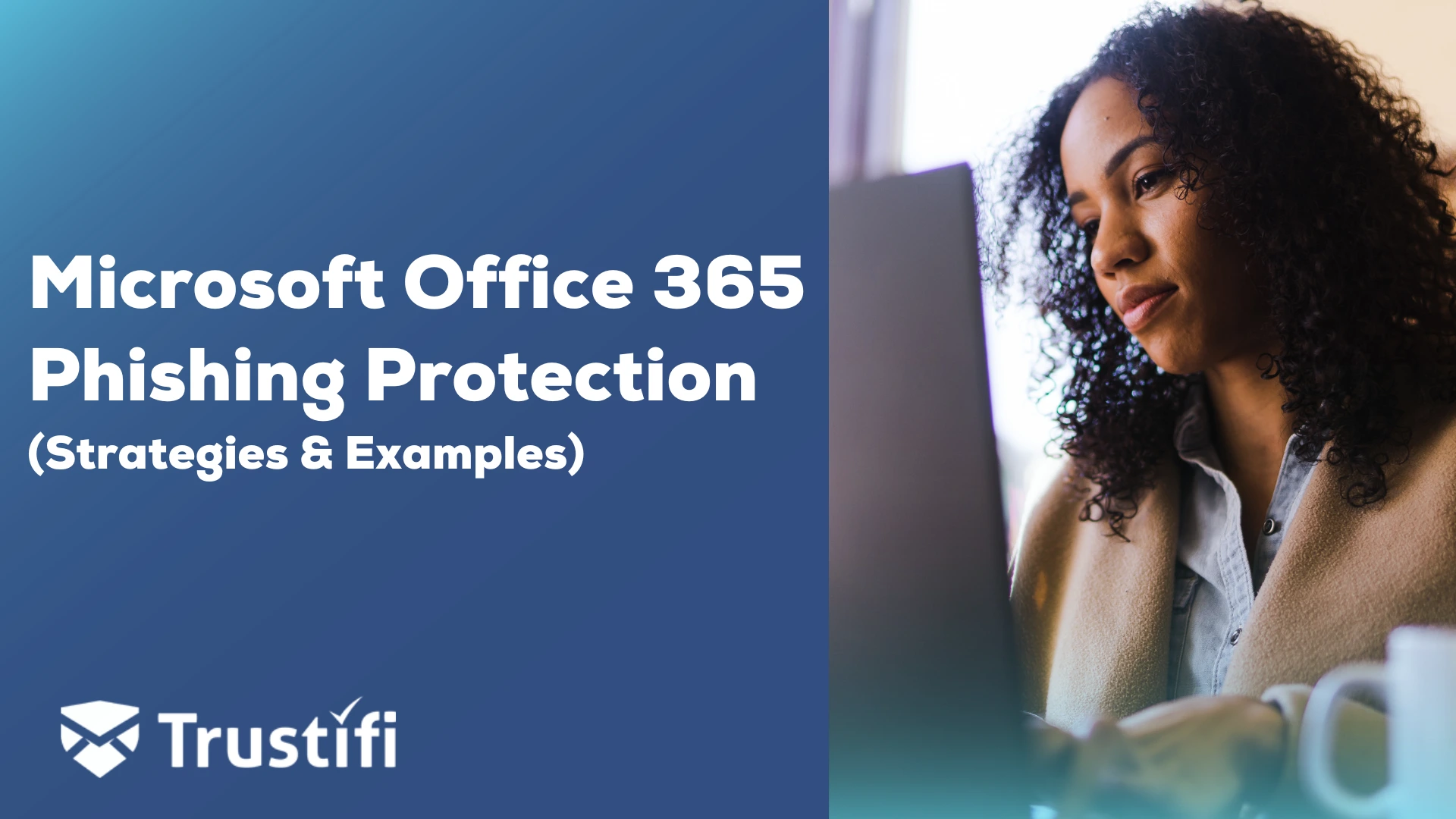If you’ve decided to protect the content of your emails better to keep yourself and your clients safe from scams, hackers, and data breaches; congratulations, the important first step is done! However, you may be unfamiliar or unsure of how exactly to start using
encrypted email communications, which is why it’s essential to differentiate between the two different primary types of email encryption available; S/MIME and PGP/MIME. Both have their benefits and drawbacks; because of this, it’s a matter of personal preference on which form of encryption is the best or most accessible fit for you or your business.
S/MIME Encryption
S/MIME encryption relies on a centralized authority to pick the encryption algorithm and is a popular method of encryption simply because it’s already built into some large party email platforms such as Google, iOS, and Outlook.
S/MIME supports both digital signature and message encryption. Although a digital signature can authenticate a sender and provide data integrity, it does not equal encryption. A message with a digital signature can still be read by anyone, which is why digital signatures support the integrity of the message but do not render the content unreadable. Adversely, encryption ensures that no one other than those intended can read the message, but does not provide data integrity, meaning that an encrypted email could still come from an unidentified or unauthorized source. It’s due to the shortcomings of encryption and digital signatures that the combination of both together is vitally important to the overall security of an email. Because the two are not mutually exclusive, complete email security that encompasses both integrity and confidentiality requires the use of both encryption and digital signatures simultaneously.
PGP/MIME Encryption
One of the benefits of PGP/MIME encryption is the ability to create your own key code. Since PGP uses both symmetric and public-ke encryption, it gained popularity. It is considered a highly beneficial service for businesses with a large clientele base for its ability for users who have never met to exchange encrypted messages without the need to share private encryption keys. But while PGP encryption is widely regarded as the most secure option, the use of this method in and of itself is not very user friendly. PGP encryption often requires training to learn how to incorporate it efficiently, as incorrect use can create holes in security.
However, if you want to start using encrypted email communications, there are more simple solutions available. If you do not use one of the above-mentioned email platforms that contain inbuilt S/MIME encryption, then you may require a
third-party tool to encrypt your emails. Providers such as Android, Yahoo, or AOL are compatible with both S/MIME and PGP/MIME encryption, but require third-party platforms to put that encryption to use.
Additional benefits of third-party platforms such as Trustifi is the extra
protection of email not only by the sender but also on the recipient’s ends. Once the reader has successfully opened an encrypted email from a source that they are sure is legitimate, they can also respond back to the email through a pre-existing platform. For example, if you are using Outlook, the Trustifi app is already built-in, so you can easily respond using Outlook. This enables total, NSA-grade protection that encompasses senders and receivers alike. There are numerous sources to choose from when it comes to third-party encryption, most are easily accessible and user-friendly, and most importantly, they provide a trustworthy service that guarantees privacy protection for senders and recipients of email messages and attachments.
Resources
https://docs.microsoft.com/en-us/previous-versions/tn-archive/aa995740(v=exchg.65)
http://www.pitt.edu/~poole/PGP.htm


